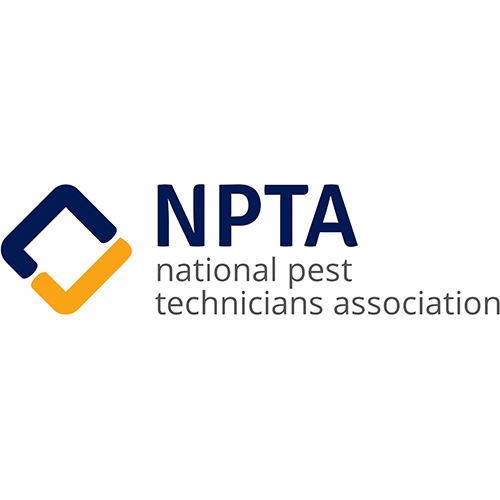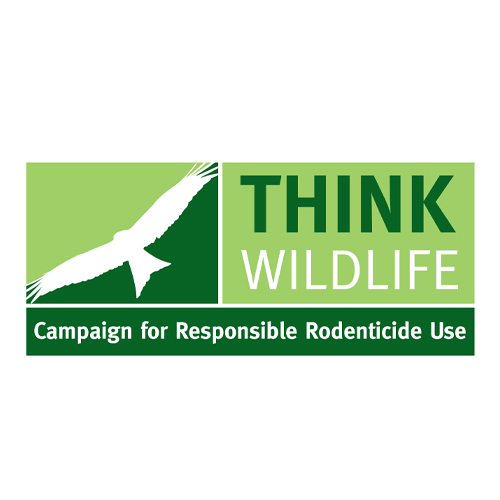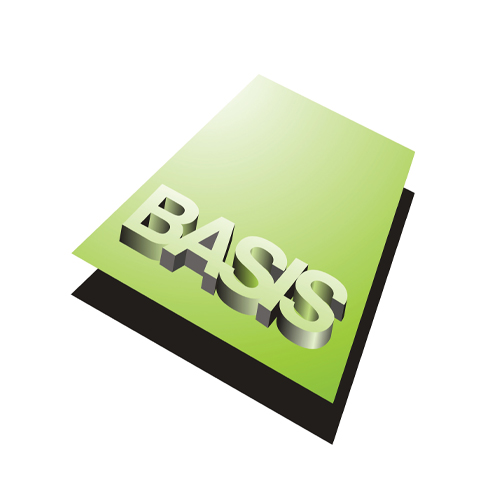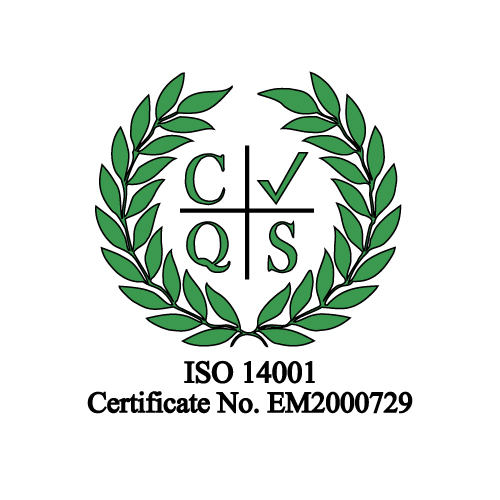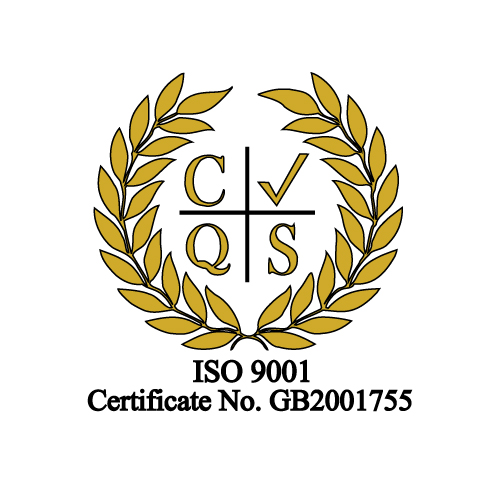Winning The War on Rodents - How Effective IPM Can Help
19th August 2024
Winning The War on Rodents - How Effective IPM Can Help
19th August 2024
Mastering The Swarm - The Power of ULV Fog for Flying Insect Control
10th June 2024

Understandably, there is a lot of ongoing concern during the rapid onset of cultural and daily changes to our lives from the lockdown that has affected everyone’s work activities, both in the UK and on a global scale. These changes reach out to every person and to every market sector and we are all looking forward to reverting to a level of normality!

UK LOCKDOWN: The Government’s list of key workers during the COVID-19 outbreak and lockdown now includes pest management professionals. Government information is clear and states that the public may leave home to travel to and from work but only where work “absolutely cannot be done from home”. The vast majority of pest control services cannot be conducted from home so there is no dilemma in interpreting that Government advice. The major subject for debate, however, is what can we expect when the lockdown phase is lifted.
SURFACE AND FOGGED DISINFECTANTS: Products are available to contain virus-contaminated surfaces such as SARS-CoV-2, the virus that causes COVID-19, for which we can all take measures to effectively contain.

Hand and surface disinfection is an important part of the COVID-19 response through the use of medicated hand rubs/wipes and surface disinfectants to reduce transmission of the virus. Coronaviruses are generally considered to have low resistance to disinfection. Most disinfectant products, when used effectively, should be capable of removing potential contamination with the virus from hands and surfaces. For surfaces, it is advised to use products that comply to BS EN 14476 or EN 16777, these disinfectant standards cover virucidal effectiveness for all enveloped viruses including all coronaviruses.
CALIBRATION OF SPRAY AND FOGGING EQUIPMENT AND APPLYING DOSE: For the disinfection of surfaces, it is important to achieve a continuous thin film of disinfectant on the treated surface. In relation to the application of the treated surface, it is important to ensure that sprayers and foggers are serviced and the output is known for the treated area.

Further practical reading on the calibration of sprayers and foggers can be found in reference sources such as the Barrettine Pest Technicians manual or several online sources. These steps briefly include calculation of treatment area or volume, the recommended dose to be applied per unit area, specific output calculation from dispensing equipment and the time needed to apply the required dose. Speak to your distributor regarding suitable disinfectant products for viruses that comply with BS EN 14476 (chemical disinfectants and antiseptics) for effective control of rooms and areas suspected as being contaminated. As with the application of insecticides, the calibration of sprayers and foggers for the application of disinfectants is an important aspect of control and applying the correct dose is a legal requirement.
A GLOBAL PROLIFERATION OF PESTS? One aspect that we can take for granted is that pest species (insects, animals, bacteria and viruses) will continue to proliferate. With the likelihood that a full complement of the pest control workforce, and council workers, will not always be available in the few months for services such as waste disposal and pest control, the pest population will expand – which will require additional and specialist intervention to maintain control, putting more pressure on existing systems and hygiene.
When the lockdown is relaxed, the pest control industry needs to be ready to operate. With this in mind, it could be wise to investigate the possibilities of additional opportunities that could involve specialising in specific areas of pest control or hygiene.
INVASIVE PESTS: During the lead up to the summer months, we all need to be on the lookout for any unfamiliar looking pests. During the past year, there have been confirmed reports of termites and acrobat ants as invasive species and these have been reported to the UK non-native species secretariat.

Since 2016, there have been a total of 17 confirmed sightings of the Asian hornet in England and nine nests have been destroyed. Speak to your distributor for more information and products available on the management of these invasive pests and opportunities.
USE BIOCIDES SAFELY. ALWAYS READ THE LABEL AND PRODUCT INFORMATION BEFORE USE.
Please refer to product labels for technical & treatment guidance before commencing with any application.
Manufacturer's guidelines supersede all search information provided by this website.
Professional requirements and regulatory conditions that support the Public Health Sector and we are internationally accredited for Environmental & Quality Management Standards.
